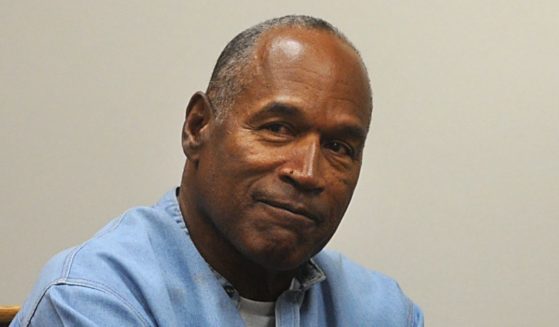Op-Ed: Christians, Do You Know How We Got the Bible?
Do you know how we got the Bible?
It is important for every Christian who says he or she believes in the inspiration and authority of the Scriptures — and who holds the Bible as the final authority — to know where it came from and how it was compiled. How can you say that the Bible should be the voice that determines such things as the proper basis for good government policy if you don’t know how we got the Bible?
Last week I began a four-week series to answer that question and provide information and understanding in this regard. This series was authored by the late Dr. Robert Thomas, a seminary professor of mine who gave me permission to publish and teach this work of his in my ministry.
This week, in Part 2 of this series, note the following excerpt from Dr. Thomas, who was considered an expert in this field: “Collection of New Testament writings began at a very early date. It is helpful in such a survey as this to list the influences, which provided motivation for this collection.”
It stands to reason that a believer who uses the Bible would understand the various aspects that motivated the addition of the New Testament to the Old. Have you ever stopped to think about that? If in the time of Christ the Old Testament was viewed as God’s Word, why would one be motivated to add to that?
In answer to that question, Thomas goes on to say:
“One might easily assume that the existence of an Old Testament canon would discourage efforts to put together another canon. After all, the Old Testament was accepted by early Christians as God’s Word, and they did much of their preaching and teaching on the basis of it. This could have been viewed as making another canon unnecessary. Such a response was not the reaction, however. Instead, the Old Testament became a pattern which the early church followed in formulating its own canon. Consciousness of new revelation through Christ and His followers caused them to seek to supplement the Old Testament with something new.
Advertisement - story continues below“An additional contribution to their motivation to use the Old Testament as a model was the existence and widespread use of the Septuagint. The Septuagint was the Old Testament translation into Greek used by the New Testament writers and by the Christian church. Since Greek was the lingua franca of the Roman Empire and since the language barrier of the Old Testament had already been removed, it was natural to supply a Greek New Testament as a companion of the Greek Old Testament.”
Thomas goes on to add:
“Public worship services of the early church were patterned after Jewish synagogue services of the day. The central part of such a service was the reading of Scripture. There were strict guidelines on what could be read. These included the restriction that nothing be read except the authoritative writings of the Old Testament. The use of the Old Testament carried over into Christian worship where it received the same recognition. In addition to this, however, New Testament writings were also being read in Christian services. In fact, they were read alongside the Old Testament and thereby were given the same respect as the Old Testament. By virtue of this practice the New Testament writings were commonly acknowledged to possess the same authority and to hold a canonical status.”
I trust the above whets your appetite to learn more in “How We Got the Bible — Part 2.”
The views expressed in this opinion article are those of their author and are not necessarily either shared or endorsed by the owners of this website. If you are interested in contributing an Op-Ed to The Western Journal, you can learn about our submission guidelines and process here.
Truth and Accuracy
We are committed to truth and accuracy in all of our journalism. Read our editorial standards.












